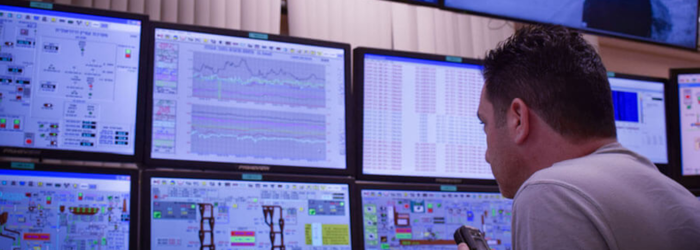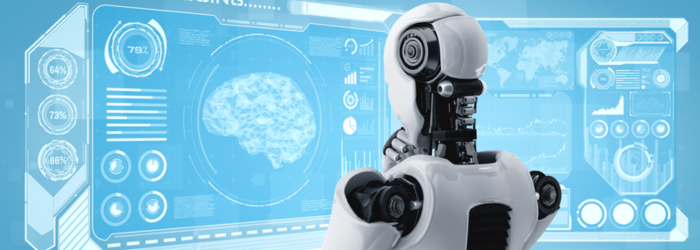In the dynamic landscape of industrial automation, the advent of Supervisory Control and Data Acquisition (SCADA) systems has revolutionized the way industrial processes are monitored and controlled. One of the key advancements enabled by SCADA is the capability for remote monitoring, allowing industrial operators to manage critical processes from anywhere in the world. This blog explores the transformative impact of remote monitoring with SCADA on industrial operations.
1. Introduction to Remote Monitoring:
Remote monitoring involves the real-time observation and control of industrial processes from a location outside the immediate operational environment. SCADA systems, equipped with advanced communication technologies, empower operators to oversee and manage processes remotely.
2. The Role of SCADA in Remote Monitoring:
SCADA serves as the central nervous system for remote monitoring. It collects and processes data from sensors and devices distributed across the industrial facility, providing a comprehensive view of operational parameters, equipment status, and overall process performance.
3. Key Components of Remote Monitoring with SCADA:
- Sensor Networks: SCADA systems integrate with sensor networks to capture real-time data on temperature, pressure, flow rates, and other critical variables.
- Communication Infrastructure: Robust communication protocols enable seamless data transfer between field devices, SCADA systems, and remote monitoring stations.
- Human-Machine Interface (HMI): The user interface allows operators to visualize and interact with the industrial processes remotely.
- Security Measures: Implementing secure communication channels and access controls to safeguard against unauthorized access and cyber threats.
4. Benefits of Remote Monitoring with SCADA:
- Global Accessibility: Operators can monitor and control industrial processes from any location with internet connectivity, enhancing flexibility and responsiveness.
- Reduced Downtime: Swift identification of issues and immediate response to alarms minimize downtime and prevent potential disruptions.
- Cost Savings: Efficient remote monitoring reduces the need for on-site personnel, saving costs associated with travel and accommodation.
- Predictive Maintenance: Continuous monitoring enables the early detection of equipment anomalies, facilitating predictive maintenance and preventing costly breakdowns.
5. Applications in Various Industries:
- Manufacturing: Remote monitoring optimizes production processes, tracks equipment efficiency, and ensures quality control.
- Energy: SCADA systems remotely manage power generation, distribution, and consumption, contributing to efficient energy management.
- Oil and Gas: Monitoring pipelines, drilling operations, and refining processes remotely enhances safety and operational efficiency.
- Water and Wastewater: SCADA facilitates remote monitoring of water treatment plants, distribution networks, and wastewater systems.
6. Real-Time Data Analytics:
SCADA systems with remote monitoring capabilities enable real-time data analytics. Operators can analyze trends, identify patterns, and make data-driven decisions to optimize industrial processes.
7. Security Measures for Remote Monitoring:
- Encryption: Implement end-to-end encryption to secure data during transmission.
- Authentication Protocols: Use strong authentication measures to ensure that only authorized personnel can access the SCADA system remotely.
- Firewalls and Intrusion Detection Systems: Deploy robust firewalls and intrusion detection systems to protect against cyber threats.
8. Challenges and Considerations:
- Network Reliability: Dependence on network connectivity necessitates robust and reliable communication infrastructure.
- Cybersecurity Risks: The remote nature of monitoring introduces cybersecurity challenges that require constant vigilance and proactive measures.
9. Future Trends in Remote Monitoring:
- Edge Computing: Processing data closer to the source for faster decision-making.
- Integration with IoT: Collaborating SCADA with the Internet of Things (IoT) for enhanced connectivity and data collection.
- Augmented Reality (AR): Incorporating AR for immersive remote visualization and troubleshooting.
Conclusion:
Remote monitoring with SCADA represents a paradigm shift in industrial operations, transcending geographical boundaries and ushering in a new era of efficiency and responsiveness. As technology continues to evolve, the synergy between SCADA systems and remote monitoring capabilities will play a pivotal role in shaping the future of industrial automation. By embracing the power of remote monitoring with SCADA, industries can navigate the complexities of modern operations with agility and precision, ensuring optimal performance and competitiveness in the global marketplace.




